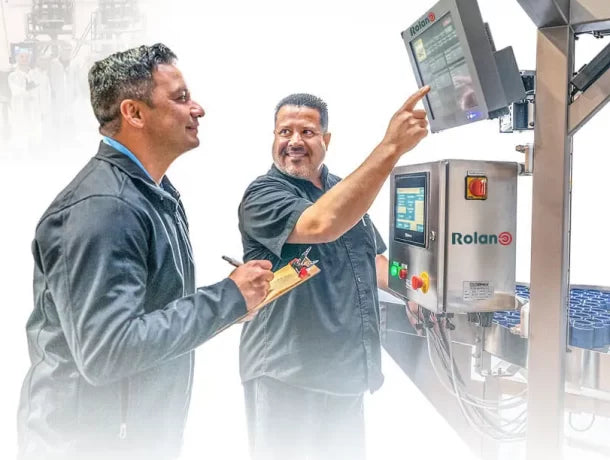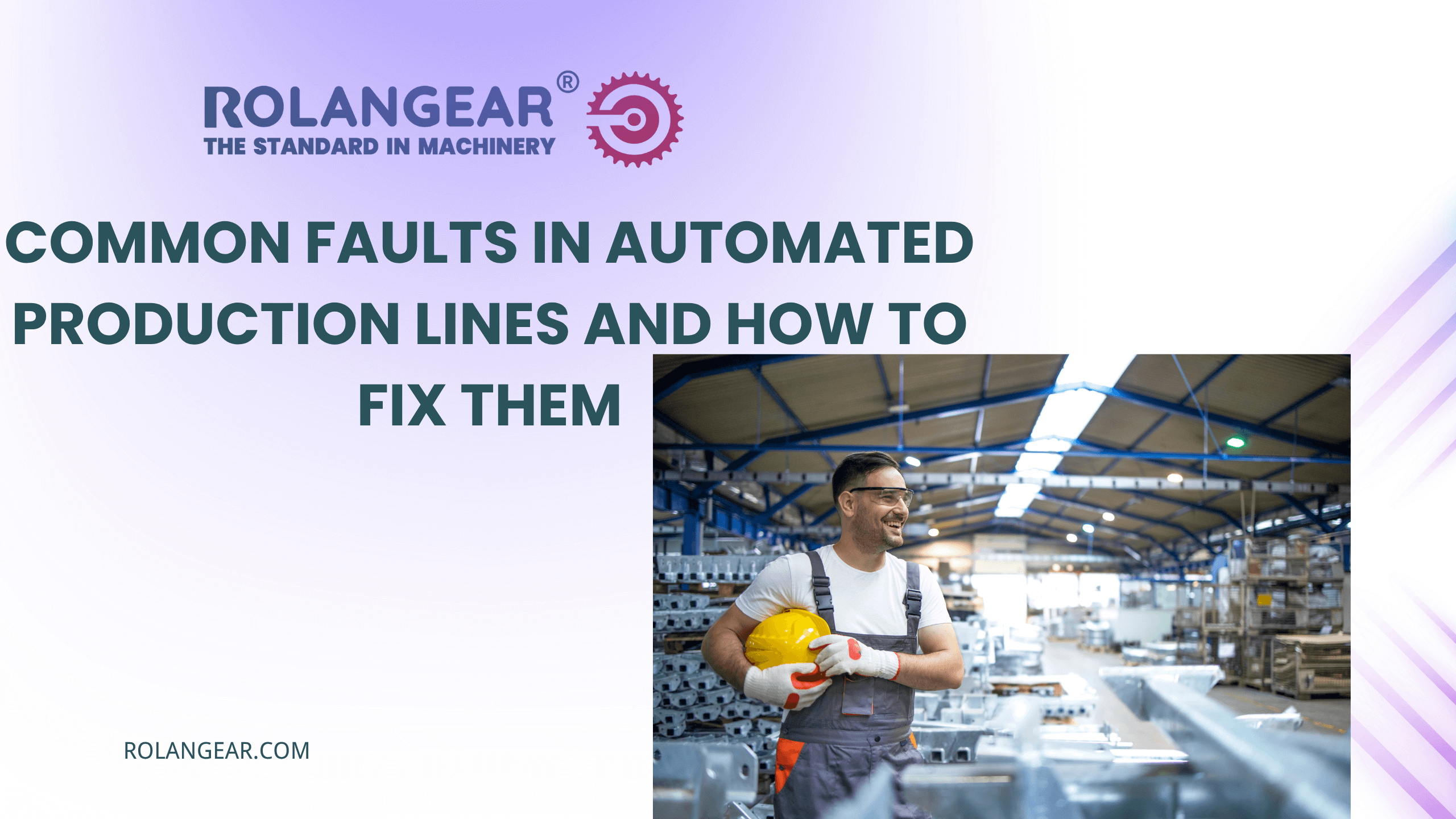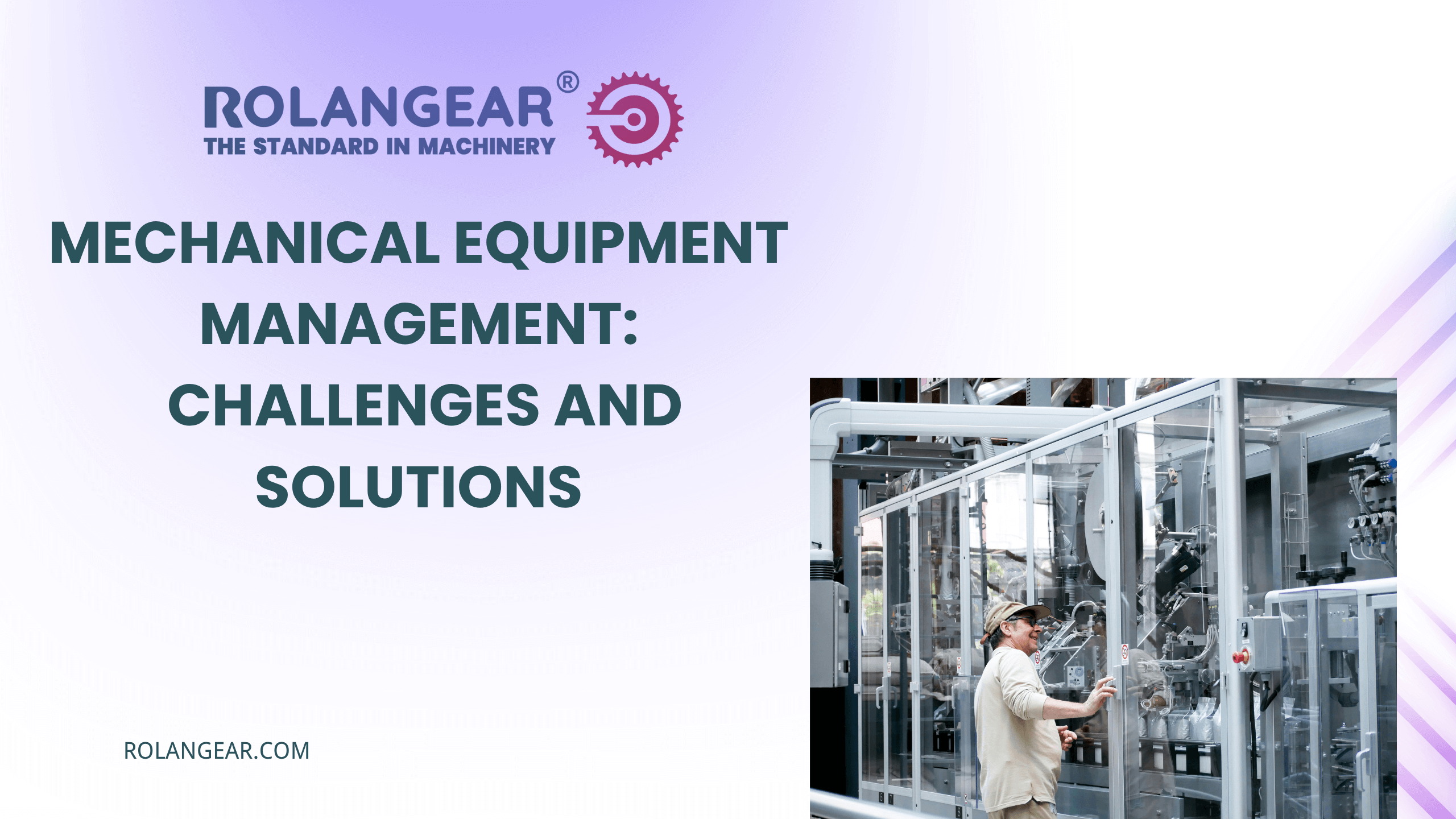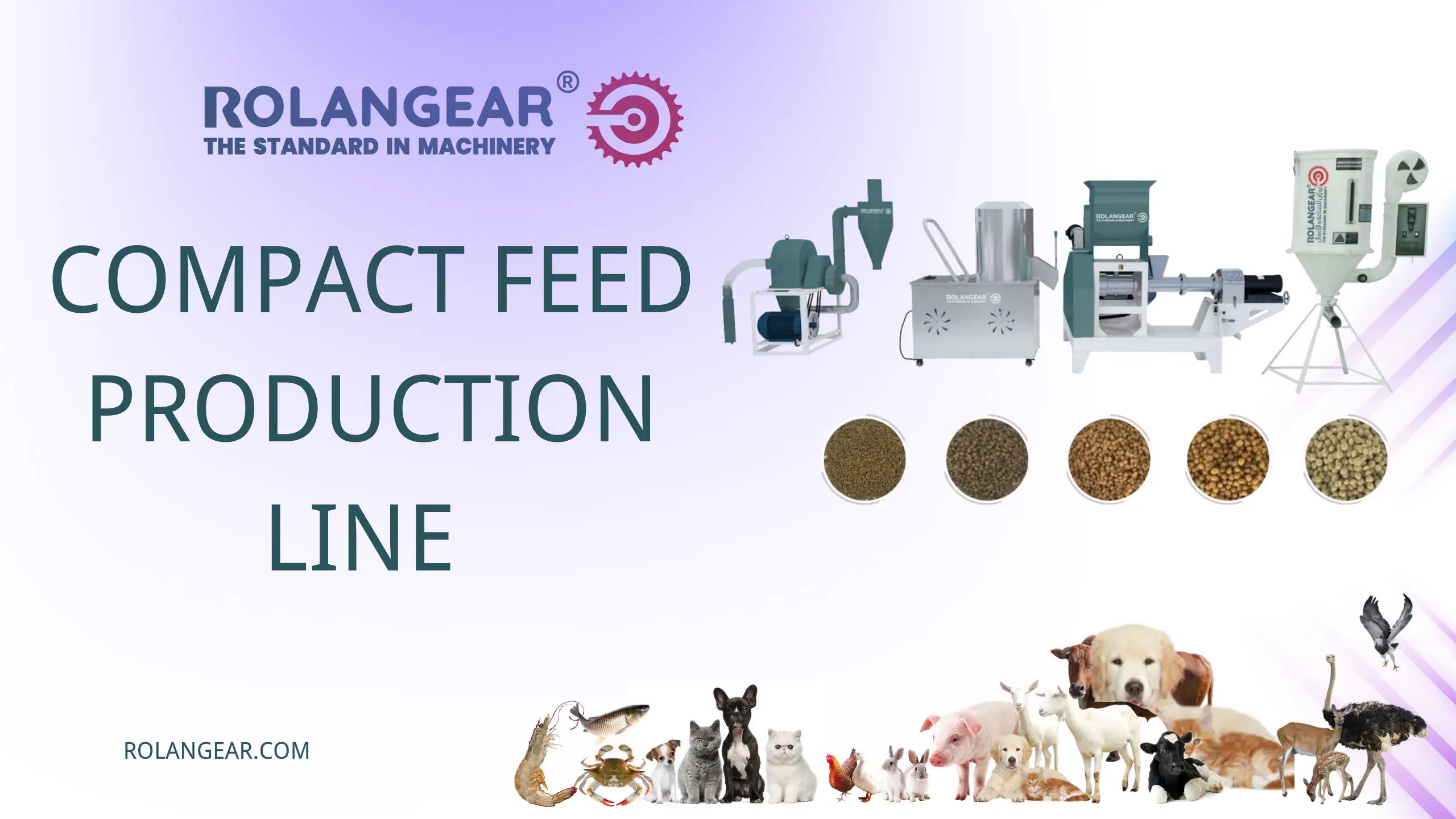الأعطال الشائعة في خطوط الإنتاج الآلية وكيفية إصلاحها
الأعطال الشائعة في خطوط الإنتاج الآلية وكيفية إصلاحها
مقدمة
تلعب خطوط الإنتاج الآلية دورًا حيويًا في التصنيع الحديث، إذ تُحسّن الكفاءة، وتُخفّض تكاليف العمالة، وتضمن اتساق المنتجات. ومع ذلك، وكما هو الحال مع جميع الأنظمة المعقدة، فهي عرضة لأنواع مختلفة من الأعطال التي قد تُعطّل سير العمل وتؤثر على جودة الإنتاج. في رولانجيير، نُدرك أهمية الحفاظ على الأداء الأمثل للمعدات. يُبيّن هذا الدليل أكثر الأعطال شيوعًا في خطوط الإنتاج الآلية، ويُقدّم حلولًا عملية لضمان عمل أنظمتكم بسلاسة.

الأخطاء الشائعة والحلول الفعالة
1. أعطال المستشعر
تُعدّ المستشعرات مكونات أساسية في الأنظمة الآلية، فهي مسؤولة عن تحديد الموقع والسرعة ودرجة الحرارة وغيرها. من المشاكل الشائعة تعطل المستشعر، أو سوء قراءته، أو انحرافه.
الحلول:
-
تأكد من توصيل جميع أجهزة الاستشعار بشكل صحيح واستقبالها طاقة مستقرة.
-
قم بتنظيف أسطح المستشعر لإزالة الغبار والحطام.
-
ضبط الحساسية وعتبات التشغيل للحفاظ على قراءات دقيقة.
2. الأعطال الكهربائية
تُعد الأعطال الكهربائية من أكثر الأعطال شيوعًا وإزعاجًا، إذ قد تتسبب في توقف مفاجئ للمعدات أو خلل في أدائها.
الحلول:
-
تأكد من أن مصدر الطاقة مستقر وضمن مستويات الجهد المحددة.
-
تحقق من جميع الأسلاك والموصلات بحثًا عن أي اتصالات فضفاضة أو انقطاعات أو دوائر قصيرة.
-
قم بفحص المحركات بحثًا عن علامات التآكل أو ارتفاع درجة الحرارة، واستبدل الوحدات المعيبة حسب الحاجة.
3. الأعطال الميكانيكية

يمكن أن تؤدي المشكلات الميكانيكية مثل المكونات البالية أو أحزمة النقل المكسورة إلى حدوث ضوضاء غير طبيعية وخلل في تشغيل المعدات.
الحلول:
-
قم بإجراء التزييت بانتظام وتأكد من وجود مستويات كافية من الزيت في الأجزاء المتحركة.
-
راقب التآكل في المكونات الميكانيكية، وقم باستبدالها على الفور.
-
تحقق من وجود أحزمة فضفاضة أو مكسورة واستبدلها إذا لزم الأمر.
4. فشل نظام التحكم
قد يؤدي خلل في نظام التحكم إلى إصدار أوامر خاطئة أو إيقاف تشغيل كامل. تشمل المشاكل الشائعة مشاكل في وحدة التحكم المنطقية القابلة للبرمجة (PLC)، وأخطاء برمجية، وفشل في الاتصال.
الحلول:
-
تشخيص نظام PLC بحثًا عن الأخطاء التشغيلية واستبداله إذا لزم الأمر.
-
قم بفحص منطق البرنامج بحثًا عن الأخطاء وقم بتحديث البرنامج حسب الضرورة.
-
اختبار جميع كابلات الاتصالات والواجهات للتأكد من سلامة الاتصال.
5. العوامل البيئية

يمكن أن تؤثر الظروف البيئية مثل الرطوبة العالية أو الغبار أو درجات الحرارة الشديدة على أداء مكونات الأتمتة الحساسة.
الحلول:
-
حافظ على درجة الحرارة والرطوبة ضمن النطاقات الموصى بها من قبل الشركة المصنعة.
-
قم بتنظيف الآلات بانتظام لمنع تراكم الغبار والحطام.
-
فحص وصيانة أنظمة التبريد والتهوية لضمان تبديد الحرارة بكفاءة.
خاتمة
تُعدّ خطوط الإنتاج الآلية أساسيةً للتصنيع الحديث، إلا أنها تتطلب مراقبةً دقيقةً وصيانةً دوريةً لمنع أي توقف مفاجئ. ومن خلال معالجة الأعطال الشائعة، مثل أخطاء المستشعرات، والأعطال الكهربائية، والتآكل الميكانيكي، ومشاكل أنظمة التحكم، والآثار البيئية، يُمكن للمصنعين الحفاظ على سلاسة العمليات وتعظيم جودة الإنتاج. في رولانجيير، ندعم الصيانة الاستباقية واستراتيجيات حل المشكلات لضمان تحقيق أنظمة الأتمتة الخاصة بكم أعلى أداءٍ في جميع الأوقات.
ملخص
تتناول هذه المدونة من رولانجير أكثر الأعطال شيوعًا في خطوط الإنتاج الآلية، بما في ذلك أعطال المستشعرات، والمشاكل الكهربائية، والأعطال الميكانيكية، ومشاكل أنظمة التحكم، والعوامل البيئية، وتقدم حلولًا مفصلة لكل منها. كما تُركز على الصيانة الاستباقية لتعزيز كفاءة الإنتاج وموثوقية المعدات.






